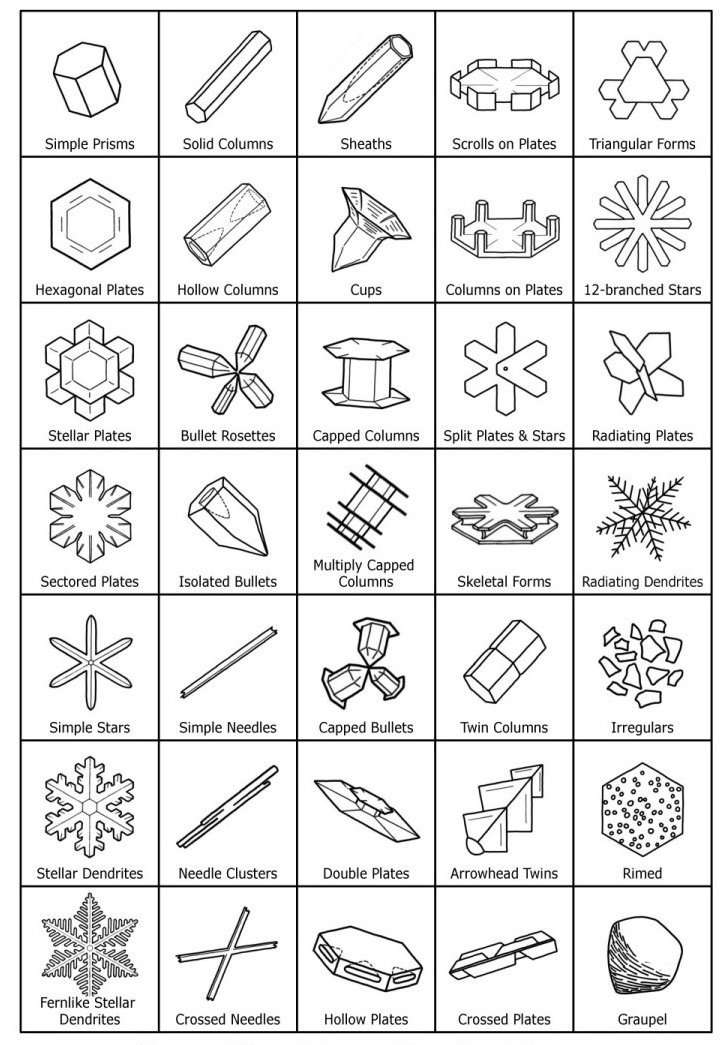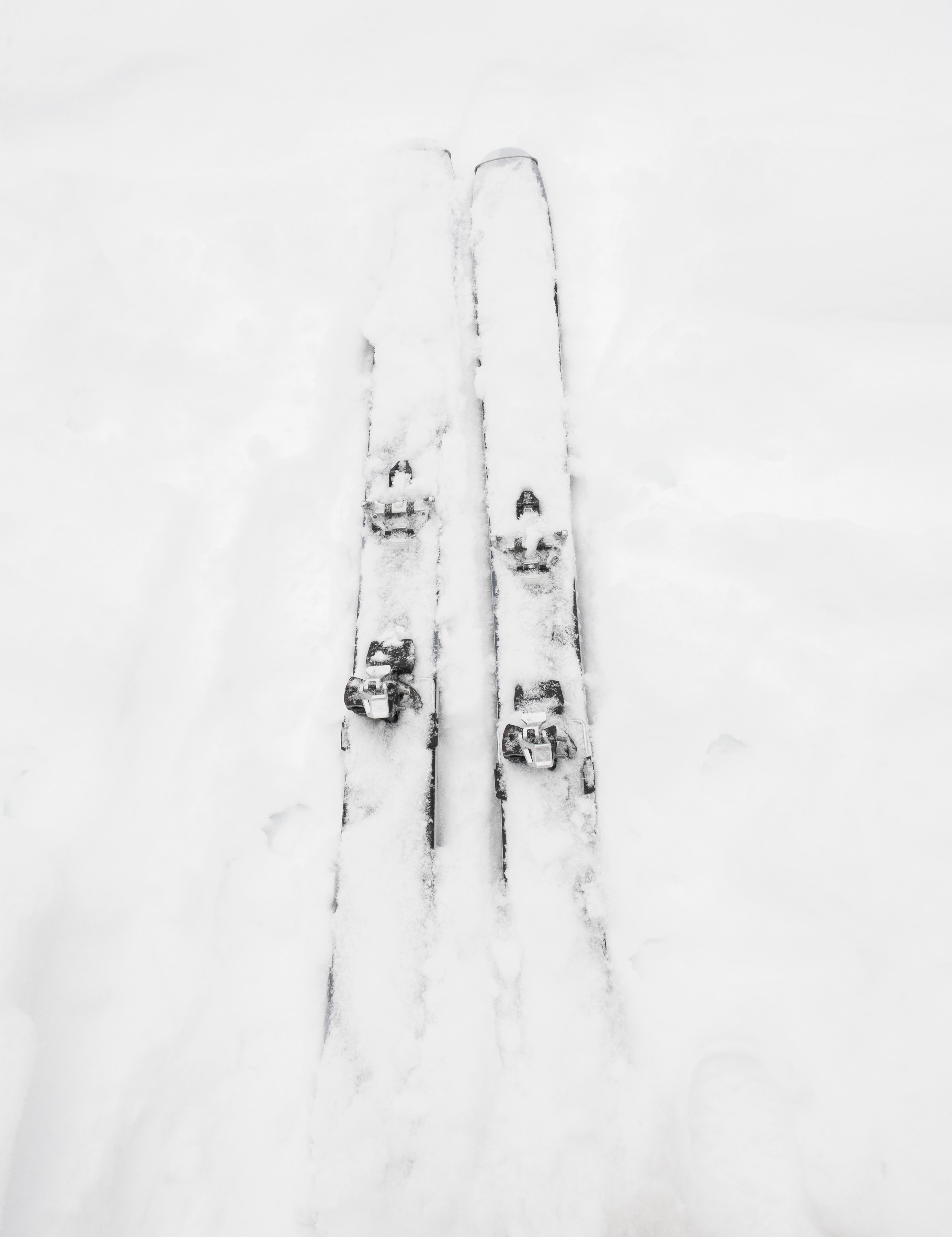There aren’t many things on this earth that bring out our inner child the way a snowfall does. It can be a truly magical experience. When we say “snowflake,” we are actually referring to a “snow crystal”.  A snow crystal is a singular crystal of ice. Snowflake is the more general term that is technically an individual snow crystal, but it can also define almost anything that falls from winter clouds. A snow crystal is born when a speck of dust or pollen is caught by water vapor high in the atmosphere. The speck freezes into a tiny crystal of ice formed by water molecules in a precise hexagonal prism. They are heavier than the surrounding air and begin falling.
A snow crystal is a singular crystal of ice. Snowflake is the more general term that is technically an individual snow crystal, but it can also define almost anything that falls from winter clouds. A snow crystal is born when a speck of dust or pollen is caught by water vapor high in the atmosphere. The speck freezes into a tiny crystal of ice formed by water molecules in a precise hexagonal prism. They are heavier than the surrounding air and begin falling.
As a newly-born snow crystal tumbles from the sky, it embarks upon its journey from the clouds to the earth. Wind, temperature ranges and the amount of water in the air all have an effect on the form and shape a snow crystal becomes by the time it lands on earth. During the fall, it might stay in its original prism shape or sprout branches and blossom into one of the intricate shapes that snowflakes are typically known for. If you’ve spent much time in Breckenridge, you will have experienced a graupel snowfall. Graupel only occurs in high altitude climates. Many people see it for the first time on a visit to our part of the world. It might be mistaken for hail, but unlike hail, it has snow on the inside (not ice, like hail). Graupel piles up looking like small beads or pellets, ranging from 2-5 mm in diameter. It forms when snow crystals pick up an extra layer of moisture that freezes during the descent. It’s important for backcountry enthusiasts to know that graupel poses an avalanche risk. Due to its 3-dimensional sphere shape, it can be a weak layer that rolls off steeper terrain.
Breckenridge gets an annual snowfall of 366 inches (or 30.5 feet) per year, with the snowiest months being February and March.
The basic shapes are classified as plates, stars, triangles, prisms, dedrites, columns and needles.
Posted by Breckenridge Associates Real Estate on

Leave A Comment